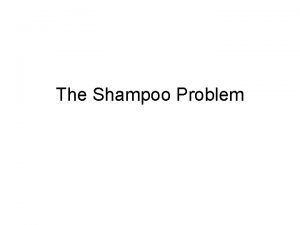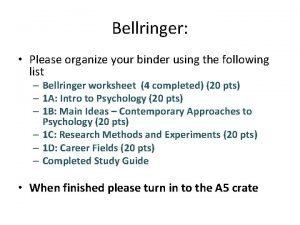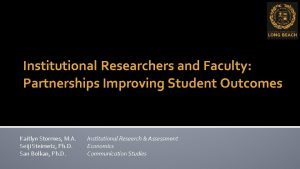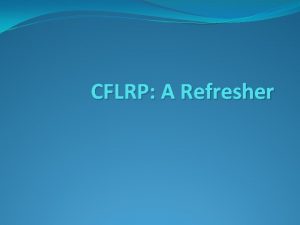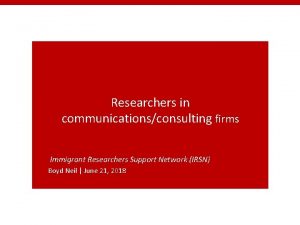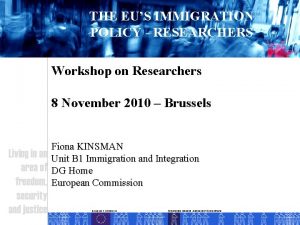The CFLRP Researchers Network Research to Date and






- Slides: 6

The CFLRP Researchers Network: Research to Date and Future Directions Courtney Schultz Assistant Professor of Forest Policy Colorado State University National Forest Foundation Collaborative Restoration Workshop April 26 -27, Denver, CO

• A national movement towards more collaborative and adaptive forms of governance • CFLRP as the most recent policy model for supporting adaptive governance • Uniqueness of funding mechanism, scale, prioritization, and competition • A ready-made set of cases on similar timelines • My personal interest The CFLRP Researchers Network: Research to Date and Future Directions The Interest in CFLRP 2

• Convened in 2012 to prevent overlap, interviewee or project frustration/exhaustion, identify possible synergies • Topics researched include: • • • Identifying Desired Conditions Use of Science in CFLRP Collaborative Structure and Process throughout the CFLRP Phases Role of Biomass Utilization Challenges of Scaling Up, Achieving Adaptive Management, and Building Trust Building Collaborative Capacity at Landscape Scales Mental Models of Forest Restoration All-Lands Planning Longitudinal Analyses of Individual Projects • Outcomes: Symposia, Publications, Webinars The CFLRP Researchers Network: Research to Date and Future Directions CFLRP Researchers Network 3

• Pinchot Institute Identified Gaps (e. g. targets & leadership) • Other Pressing Questions • Has the promise of CFLRP played out? • Is collaborative, adaptive governance happening in practice? • Does the current governance system create adequate space for both collaboration and adaptive management? • Has/will this policy model lead to better outcomes on the ground? How can these be demonstrated? • Should the CFLRP be extended and to whom and to what extent? The CFLRP Researchers Network: Research to Date and Future Directions Important Questions that Remain 4

Monitoring and Adaptive Management Scaling up NEPA Engaging Industry Collaborating from Planning, through Implementation and Monitoring • Identifying Desired Conditions • Maintaining Restoration • Are places with these experiences better positioned for future planning? • • The CFLRP Researchers Network: Research to Date and Future Directions CFLRP as an Incubator 5

• How do we define collaboration and do we need to? • How do we sustain collaboration and build trust? • How do we create an organization capable of learning, sharing lessons learned, and supporting new forms of governance? • How can we capture and diffuse lessons learned about collaborating, using science, building effective monitoring programs, creating restoration objectives, and defining desired conditions to other contexts, like forest planning? The CFLRP Researchers Network: Research to Date and Future Directions The Importance of Social Science Research in this Arena 6


